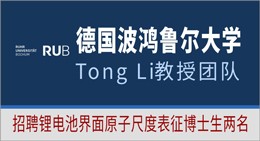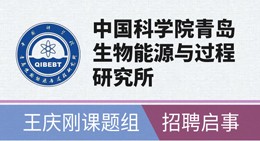Journal of Archaeological Research ( IF 4.2 ) Pub Date : 2021-04-28 , DOI: 10.1007/s10814-021-09162-4
Mallory E. Matsumoto
Archaeologists and epigraphers have long worked in concert across methodological and theoretical differences to study past writing. Ongoing integration of digital technologies into both fields is extending this collaboration’s scope by facilitating rapid information exchange, integration of multiple datasets in digital formats, and accumulation and analysis of large datasets. Recent research by the Maya Hieroglyphic Database Project, for example, has deployed social network analysis to correlate ritual practice, discourse, and material culture with political interactions. Similarly, epigraphers and archaeologists of pre-Angkorian and Angkorian Southeast Asia have conducted spatial analysis to illuminate the relationship between economy, human mobility, and land use. Collectively, these examples illustrate how scholars are already using digital technologies for research at larger scales and with more diverse datasets than was previously possible. Moreover, they point to further directions for articulating text, material, and context in future studies of the human past.
中文翻译:

数字时代的考古学和金石学
考古学家和金石学家长期以来一直在跨越方法论和理论差异来研究过去的文字。数字技术不断融入这两个领域,通过促进快速信息交换、数字格式的多个数据集的集成以及大型数据集的积累和分析,扩大了合作的范围。例如,玛雅象形文字数据库项目最近的研究部署了社交网络分析,将仪式实践、话语和物质文化与政治互动联系起来。同样,前吴哥时期和吴哥时期东南亚的金石学家和考古学家也进行了空间分析,以阐明经济、人口流动和土地利用之间的关系。总的来说,这些例子说明了学者们如何使用数字技术进行比以前更大规模和更多样化的数据集的研究。此外,他们还指出了未来人类过去研究中阐明文本、材料和背景的进一步方向。

































 京公网安备 11010802027423号
京公网安备 11010802027423号